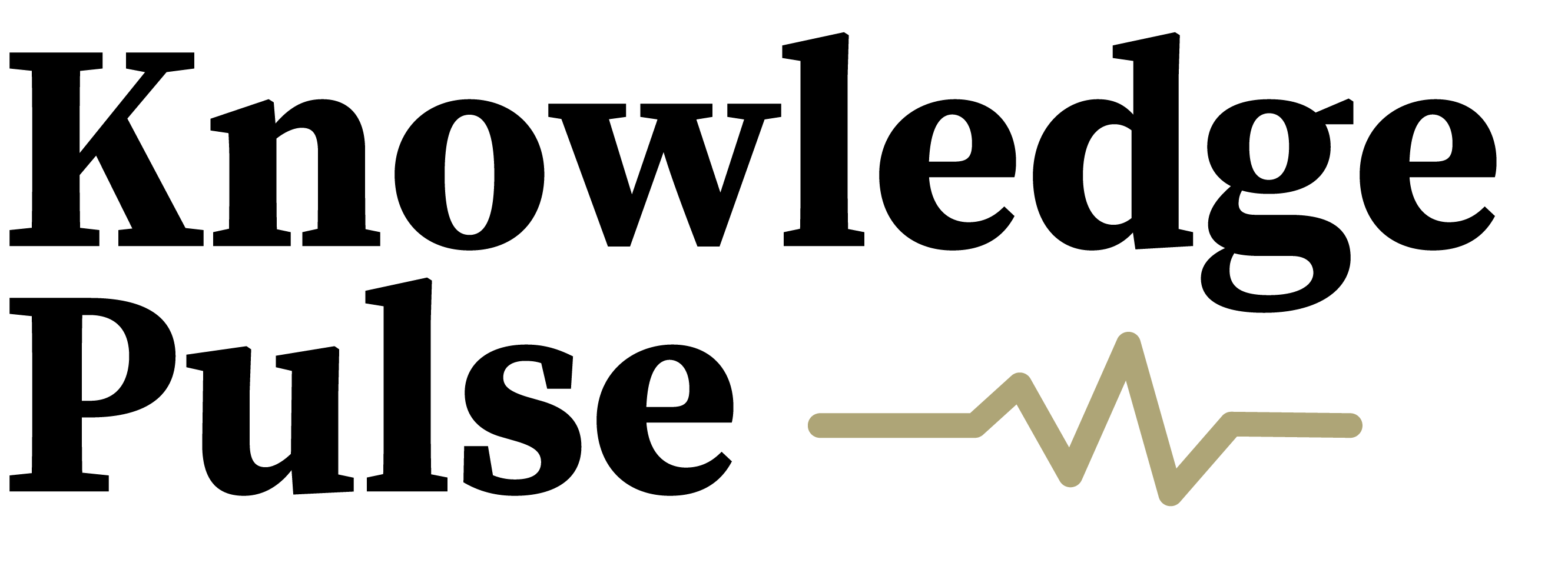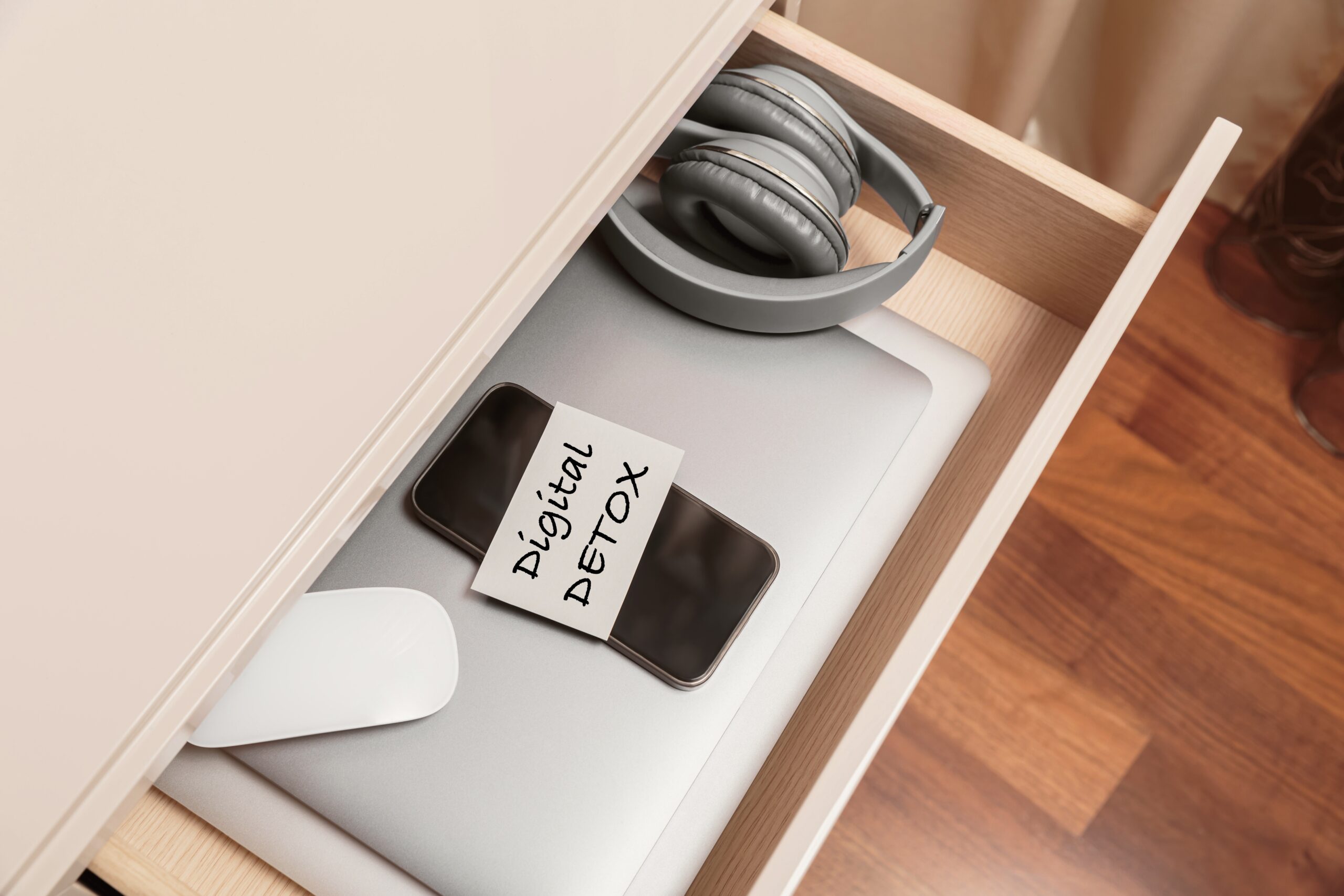Executive Summary
In today’s hyper-connected world, the idea of a Digital Detox—completely disconnecting from digital devices for a period—has gained popularity as a solution to the negative effects of technology overuse. However, some argue that achieving Digital Balance—a mindful and controlled approach to technology use—may be a more sustainable alternative. This article explores both concepts, their benefits and drawbacks, and whether a radical shift in our digital habits is necessary.
Table of Contents
- Introduction: The Digital Dilemma
- Understanding Digital Detox
- The Concept of Digital Balance
- Digital Overload: The Need for Change
- Pros and Cons of Digital Detox
- Pros and Cons of Digital Balance
- The Psychological and Physiological Impact of Digital Use
- Practical Steps to Achieve a Healthier Digital Lifestyle
- Conclusion: Do We Need a Radical Change?
1. Introduction: The Digital Dilemma
Technology is embedded in almost every aspect of modern life. From work to social interactions, entertainment, and even relaxation, screens dominate our daily routines. While digital tools offer unparalleled convenience, overuse can lead to issues such as stress, burnout, and reduced focus. The debate remains: should we embrace complete disconnection (Digital Detox) or a controlled, mindful approach (Digital Balance)?
2. Understanding Digital Detox
A Digital Detox is the practice of completely avoiding digital devices (smartphones, computers, tablets, etc.) for a defined period. It aims to provide mental clarity, reduce stress, and enhance real-life interactions.
Common Forms of Digital Detox:
- Short-term detox: Avoiding screens for a few hours daily.
- Weekend detox: Disconnecting from Friday evening to Monday morning.
- Vacation detox: Travelling without digital distractions.
- Complete detox: Extended disconnection, ranging from weeks to months.
Key Idea: Digital Detox promotes an extreme but temporary break from digital consumption.
3. The Concept of Digital Balance
Unlike detoxing, Digital Balance focuses on mindful technology usage rather than total avoidance. This approach promotes healthy boundaries, allowing individuals to benefit from digital tools without becoming dependent on them.
Principles of Digital Balance:
- Scheduled screen time rather than constant access.
- Device-free zones (e.g., bedrooms, dining areas).
- Purpose-driven usage (e.g., working vs. mindless scrolling).
- Digital mindfulness – awareness of how and why we use devices.
Key Idea: Digital Balance is about sustainable, long-term habits rather than temporary withdrawal.
4. Digital Overload: The Need for Change
While technology enhances our lives, its overuse comes with consequences.
Signs of Digital Overload:
- Constant distraction and reduced focus.
- Increased stress and anxiety from notifications.
- Poor sleep due to excessive screen time.
- Weakened real-life social skills.
| Digital Habit | Negative Effect |
|---|---|
| Excessive social media use | Anxiety, FOMO (Fear of Missing Out) |
| Blue light exposure before bed | Sleep disturbances |
| Multitasking with screens | Reduced cognitive efficiency |
| Non-stop notifications | Increased stress levels |
5. Pros and Cons of Digital Detox
Pros:
✔ Provides mental clarity and relaxation.
✔ Helps reset unhealthy screen habits.
✔ Encourages real-world interactions.
✔ Improves sleep and reduces stress.
Cons:
✘ Not always practical for work and responsibilities.
✘ Can lead to short-term withdrawal effects.
✘ Risks missing important digital communication.
✘ Doesn’t necessarily teach sustainable habits.
Bottom Line: Digital Detox is effective for short-term relief but may not offer a long-term solution.
6. Pros and Cons of Digital Balance
Pros:
✔ Promotes healthy long-term tech habits.
✔ Allows controlled use without extreme measures.
✔ Encourages intentional and meaningful digital interactions.
✔ Reduces stress while keeping digital benefits.
Cons:
✘ Requires self-discipline and awareness.
✘ Can be difficult in a work-driven digital culture.
✘ Does not provide an immediate break from technology stress.
Bottom Line: Digital Balance offers a more sustainable, practical way to interact with technology.
7. The Psychological and Physiological Impact of Digital Use
Both Digital Detox and Digital Balance aim to mitigate the negative effects of technology overuse, which include:
Psychological Effects:
- Increased anxiety and depression from social media comparisons.
- Shortened attention span from constant digital interruptions.
- Addictive behaviour due to dopamine-driven engagement (e.g., endless scrolling).
Physiological Effects:
- Sleep disruption from blue light exposure.
- Eye strain and headaches from prolonged screen use.
- Poor posture and physical health due to excessive sitting.
Key Takeaway: Digital overuse affects both mental and physical well-being, reinforcing the need for conscious digital habits.
8. Practical Steps to Achieve a Healthier Digital Lifestyle
Regardless of whether one chooses Digital Detox or Digital Balance, the goal is to create a healthier relationship with technology.
Steps to Reduce Digital Dependency:
- Set Boundaries: Define screen-free times and spaces.
- Use Technology Mindfully: Engage with purpose rather than habit.
- Prioritise Real-World Activities: Replace digital leisure with hobbies, sports, and face-to-face conversations.
- Turn Off Unnecessary Notifications: Reduce digital interruptions.
- Monitor Screen Time: Use apps to track and limit daily usage.
| Approach | Key Benefits |
|---|---|
| Digital Detox | Immediate relief, mental reset |
| Digital Balance | Sustainable, long-term habits |
Final Thought: Both approaches can be combined for optimal digital well-being.
9. Conclusion: Do We Need a Radical Change?
The need for a radical shift depends on individual lifestyle, work demands, and personal habits. For some, a temporary Digital Detox can provide a necessary break. For others, Digital Balance offers a more practical, long-term approach.
So, do we need a radical change?
- If technology is negatively affecting your well-being, a Digital Detox may help reset your habits.
- If you seek a sustainable solution, Digital Balance offers a structured yet flexible approach.
Ultimately, the key is to cultivate intentional technology use that supports both productivity and well-being. The choice between detox and balance depends on what works best for you!








